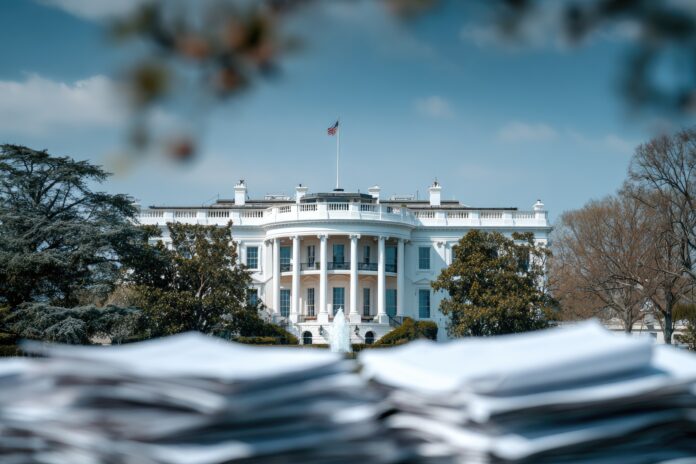The Executive Order That Shook Public Media
Defunding NPR and PBS has burst into national headlines after President Donald Trump signed a sweeping executive order aimed at halting all federal funding for these iconic public broadcasters. This decision, announced on May 1, 2025, signals a major shift in the relationship between government and public media and has sparked intense debate about the future of independent journalism and educational programming in the United States [1].
Understanding the Executive Order
Most importantly, the executive order instructs the Corporation for Public Broadcasting (CPB) to immediately stop both direct and indirect funding to NPR and PBS. By June 30, 2025, new provisions will prohibit all recipients of CPB grants—whether TV or radio— from channeling federal dollars to either institution. This directive claims to uphold a policy that “federal funding does not support biased and partisan news coverage.” Besides that, the administration demands rapid changes to grant eligibility criteria to enforce this new rule [1].
Why Defund NPR and PBS?
According to the White House, this move to defund NPR and PBS is grounded in the assertion that taxpayer money should not be used to support media outlets accused of biased coverage. Therefore, ending this taxpayer subsidization is framed as essential to maintaining trust in public institutions [2]. This claim, however, remains deeply divisive among the public and experts alike.
Public Media’s Fierce Response
NPR quickly responded, announcing, “We will vigorously defend our right to provide essential news, information, and life-saving services to the American public. We will challenge this Executive Order using all means available.” PBS, echoing this determination, labeled the move as a “blatantly unlawful Executive Order,” emphasizing that it threatens their ability to deliver educational programming to all Americans, a mission they’ve upheld for over 50 years [2].
Potential Impact on American Society
The drive to defund NPR and PBS could reshape the landscape of American media. Historically, these organizations have delivered vital local news, educational children’s shows, and cultural programming to underserved communities. Without federal support, hundreds of local stations that rely on CPB money may face severe cutbacks or closures. Most importantly, rural and low-income communities could lose access to free and trusted news sources—widening the information gap nationwide.
What’s Next for Public Broadcasting?
Because this executive order is unprecedented, legal challenges are expected. Both NPR and PBS are preparing to fight the decision in court, arguing it undermines their core mission of public service. At the same time, supporters of defunding NPR and PBS believe it will foster greater independence and accountability within American media.
Public Reaction and the Road Ahead
Reactions to defunding NPR and PBS are sharply polarized. Supporters of Trump’s order argue that media bias must not be propped up by taxpayer funds, while critics fear a dangerous erosion of non-commercial journalism. As debates continue and legal battles unfold, the future of federally funded public broadcasting remains uncertain.
Conclusion
Defunding NPR and PBS marks a turning point in the ongoing conversation about media bias, government funding, and public trust in journalism. Therefore, how this unfolds will profoundly affect not only the organizations involved but also millions of Americans who depend on their services for news, education, and culture.
References
- White House: Ending Taxpayer Subsidization of Biased Media
- PBS, NPR react to Trump pulling federal funding amid bias accusations



